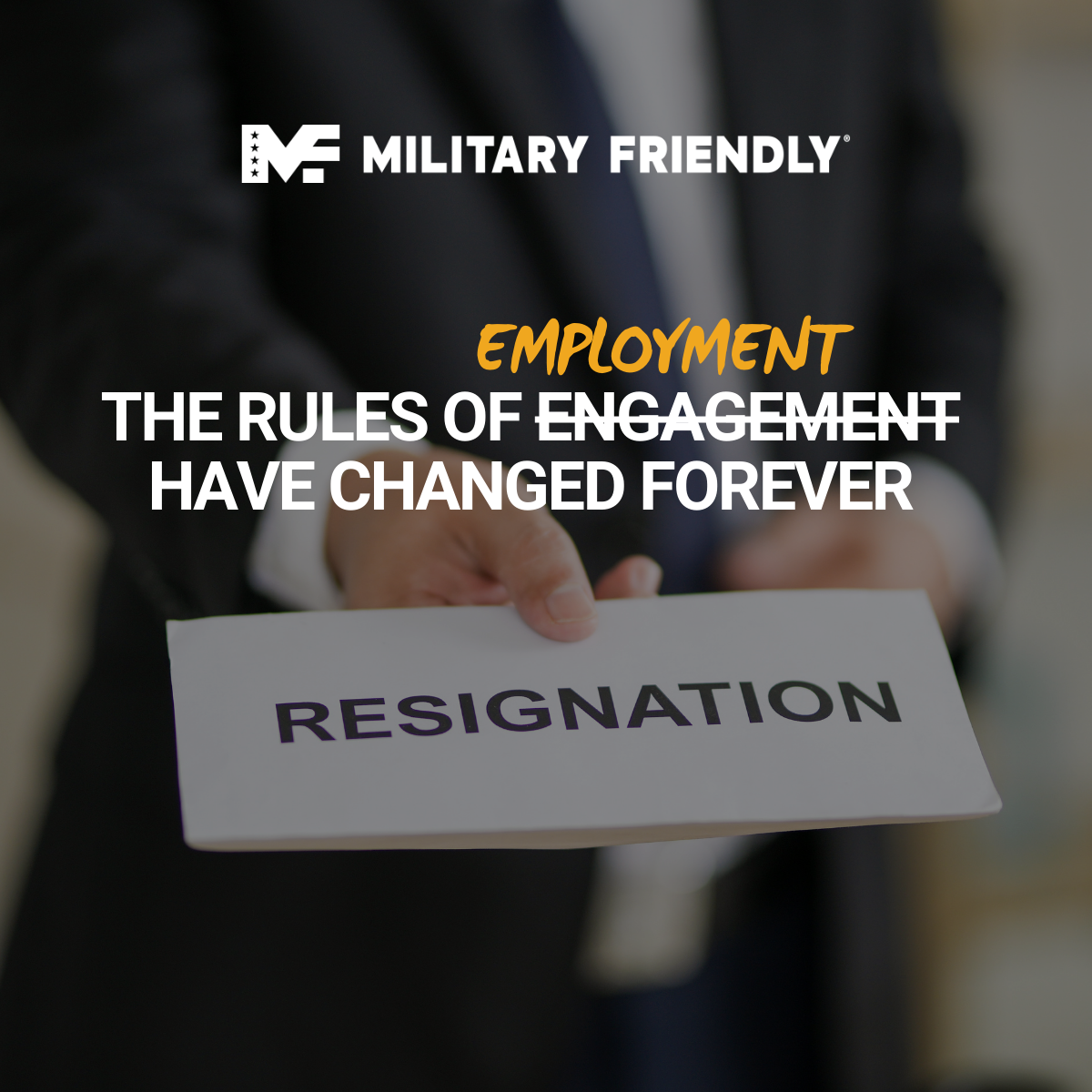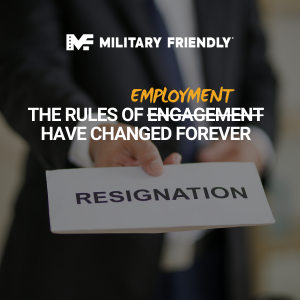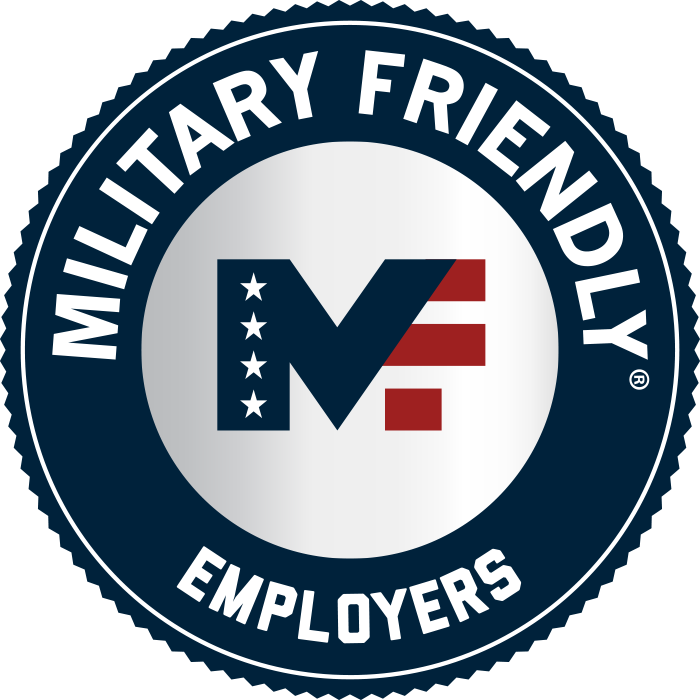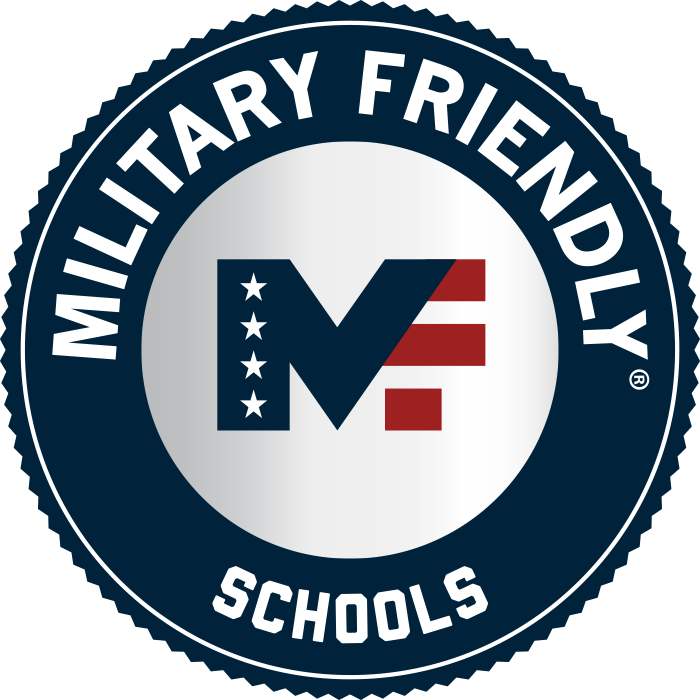
The War for Talent is real, and the old rules of business no longer apply. For decades, companies relied on traditional competitive advantages like location, technology, or pricing to get ahead. But in today’s rapidly evolving market, those advantages are eroding fast. The new battleground? Talent.
The ability to recruit, hire, and retain top talent is the ultimate differentiator in today’s economy. Companies that can build a strong, skilled, and adaptable workforce will thrive, while those that cling to outdated hiring practices will fall by the wayside. The problem is simple. Companies across industries are facing a critical talent shortage, and traditional solutions no longer have the same effect.
The Challenge: A Workforce in Crisis
The talent pool is shrinking, and the competition for skilled employees is increasing rapidly. There are a number of factors at play.
- The Great Resignation: Employees are no longer content with the status quo. They’re seeking better opportunities, greater flexibility, and a stronger sense of purpose. The mass exodus of talent isn’t showing signs of slowing down. In fact, a record 4.5 million Americans quit their jobs in November 2021 alone, according to the U.S. Bureau of Labor Statistics. This “employee’s market” has shifted the power dynamic, giving job seekers more leverage than we’ve ever seen in the market.
- Example: The tech industry is experiencing a particularly acute talent shortage, with companies like Google, Amazon, and Microsoft competing for skilled engineers, developers, and everything in between. The result? Increased salaries, signing bonuses, and other perks to attract and retain top talent. The need is there.
- Example: The healthcare industry is also facing a severe shortage of qualified professionals, particularly nurses and physicians. This is driven by an aging population, increased demand for healthcare services, and burnout among healthcare workers. This is not a short-term problem.
- Demographic Shifts: The Baby Boomer generation, (the largest in U.S. history for those keeping track), is heading for the exit doors. Declining birth rates + an aging population = a rapidly shrinking pool of potential workers. The U.S. Census Bureau projects a less-than-ideal future, with the working-age population (ages 18 to 64) growing by only 0.2% per year between 2020 and 2030, compared to 0.9% per year between 2010 and 2020. (Source: U.S. Census Bureau)
- Skills Gap: The jobs of today and tomorrow demand specialized skills that are in short supply. A 2021 study by Korn Ferry paints a troublesome picture, predicting a global shortage of more than 85 million skilled workers by 2030, costing businesses trillions of dollars in lost revenue is this becomes a reality.
Short-Term Solutions For Long-Term Problems: A Losing Battle
Companies are desperately seeking solutions, but the traditional approaches are losing their effectiveness, and none of them happen quickly:
- Immigration: Increasing immigration could offer some relief, but it’s a long-term solution fraught with political challenges and bureaucratic hurdles. It’s not a quick fix for the immediate talent crisis facing employers NOW.
- Automation: While automation can improve efficiency and productivity, no arguments there, it can’t replace the uniquely human skills that many jobs require, such as critical thinking, creativity, and complex problem-solving. Even more so, automation often displaces workers, requiring them to retrain for new roles, which takes time and resources. Again, not a quick fix.
- Procreation: Boosting birth rates is a long-term demographic solution, not an immediate answer to the talent shortage. Even with increased birth rates, it will be years, even decades, before those new workers enter the workforce.
The Overlooked Advantage: The Military Community
While this talent war wages on, many employers are overlooking a powerful weapon: the military community. Veterans and military spouses possess the very qualities that businesses need to thrive in today’s challenging environment. They bring unique skills, experiences, and perspectives, and have gone through the most rigorous training available, courtesy of the United States Government.
The Size and Scope of the Military Community:
The military community is a massive talent pool, comprising:
- 18.5 million veterans (Source: U.S. Census Bureau, 2021)
- 1.1 million active-duty military spouses (Source: Department of Defense, 2022 Demographics Profile)
- 1.6 million military dependents (children of active-duty and reserve service members) (Source: Department of Defense, 2022 Demographics Profile)
- 800,000 Guard and Reserve members (Source: Department of Defense, 2022 Demographics Profile)
This diverse group represents a wealth of often untapped talent, ready to contribute their skills and experience to meaningful civilian careers.
Why the Military Community is a Competitive Advantage:
- Workforce Participation: Veterans are eager to contribute to the civilian workforce. In 2021, their labor force participation rate was 51.7%, higher than the overall rate of 62%. (Source: Bureau of Labor Statistics) They are a ready and willing workforce.
- Unemployment: Despite facing unique transition challenges, veterans have lower unemployment rates than the general population. In 2021, the veteran unemployment rate was 4.4%, compared to 5.3% for non-veterans. (Source: Bureau of Labor Statistics) They are adaptable and driven to succeed.
- Leadership: “Veterans have been tested in combat and other challenging situations, proving their ability to lead under pressure.” – U.S. Department of Veterans Affairs They have the experience and skills to lead teams, make critical decisions, and drive results.
- Adaptability: “Veterans are accustomed to change and can quickly adapt to new environments and challenges.” – Society for Human Resource Management (SHRM) They thrive in dynamic environments and can quickly adjust to new roles and responsibilities.
- Technical Skills: “Veterans gain valuable technical skills through their military training and experience, which are highly sought after by civilian employers.” – U.S. Department of Veterans Affairs They possess in-demand skills in fields like IT, cybersecurity, engineering, and logistics.
- Work Ethic: “Veterans are known for their strong work ethic, discipline, and commitment to excellence.” – Center for Workforce Inclusion. They bring a strong sense of duty and commitment to the workplace, leading to higher productivity and lower turnover. These are mission-driven individuals.
The Military Community: A Renewable Resource
Unlike other talent pools, the military community is a renewable resource. Every year, more than 200,000 highly trained and experienced veterans transition to civilian life, ready to contribute their skills and talents to the civilian workforce. Create a sustainable talent pipeline that you can rely on for years to come.
Military Friendly®: Your Partner in Talent Acquisition
Military Friendly® is your strategic partner in accessing this valuable talent pool. We provide the resources and support you need to develop programs to recruit, retain, and advance members of the military community.
- Become a Military Friendly® Employer: This certification demonstrates your commitment to creating a veteran-friendly workplace and helps you attract top military talent.
- Connect with Qualified Candidates: Our Military Friendly Talent Exchange (MFTX) connects employers with veterans actively seeking civilian employment.
- Build a Successful Veteran Hiring Program: We offer resources, training, and best practices to help you recruit, hire, and retain veteran employees.
The Bottom Line:
In the war for talent, the military community is your secret weapon. By embracing this talented and dedicated workforce and partnering with Military Friendly®, you can gain a decisive competitive advantage and build a stronger, more resilient organization. Get started by creating a free employer profile and better reach and leverage the military community >>> Create My Profile








